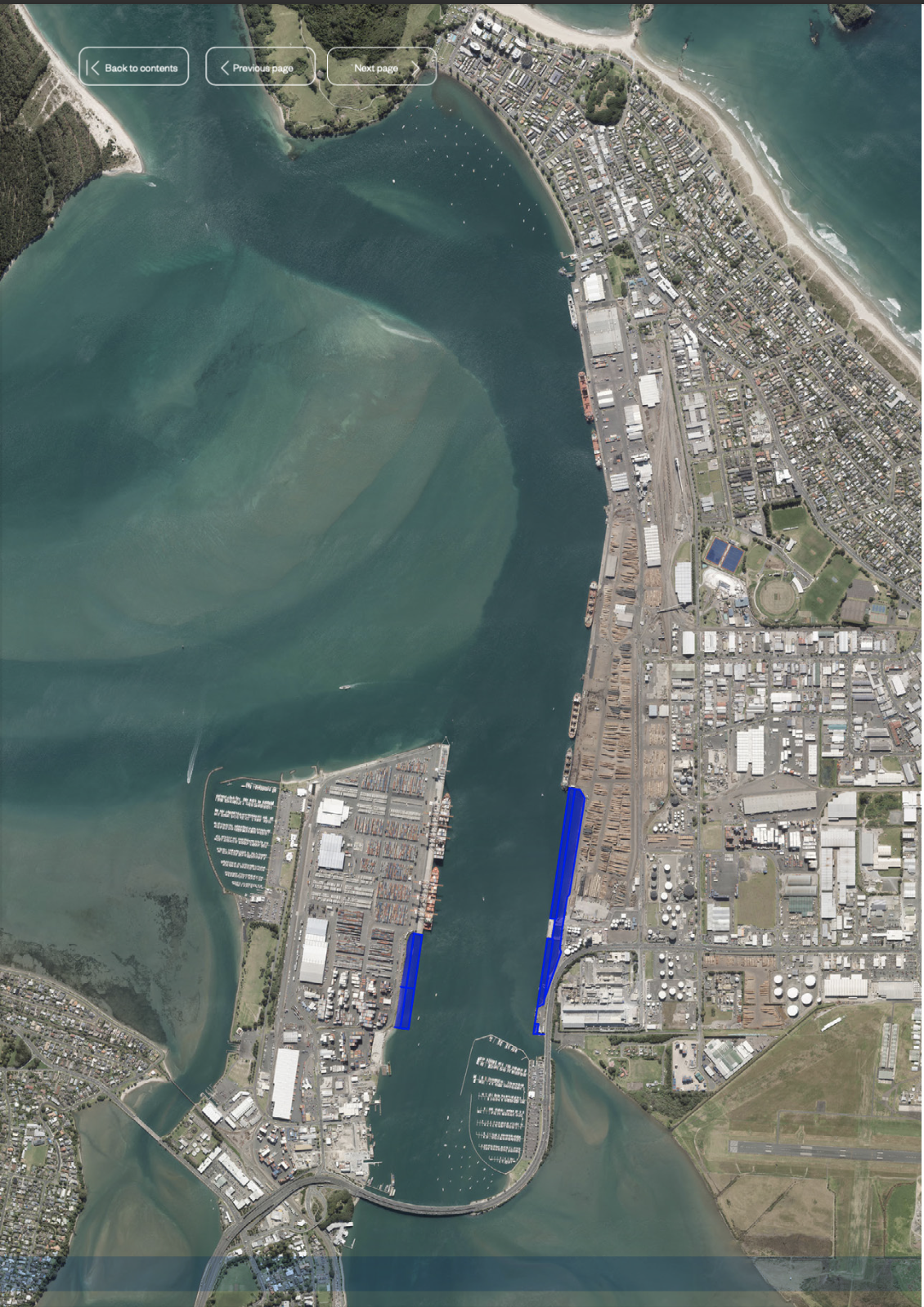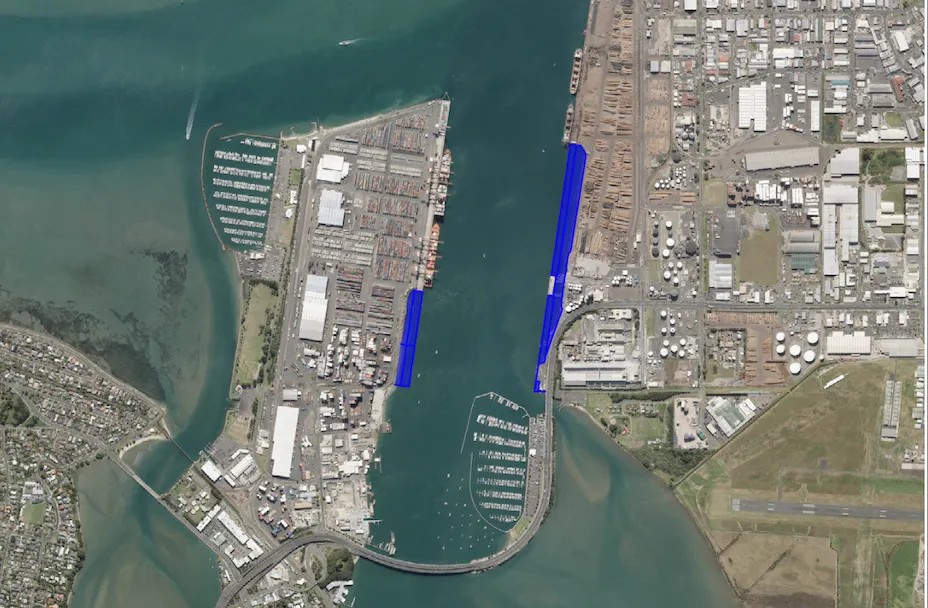On 6 November 2021, I wrote a BFD article titled Shovel – Ready Project Turned Down by Government, shining a blow torch on the fact that the proposal by the Port of Tauranga (POT) to extend the port had been turned down, not once, but twice, by Jacinda Ardern’s Labour Government.
Here we are, six months down the track and no further ahead! The POT says they have waited long enough. Frustration has boiled over, patience and any goodwill towards Ardern and her style of leadership seem to have run out. It appears Ardern’s Government deliberately wants to hinder any future growth of this very busy port.
The POT Market Update in February this year has stated that the case is now with the Environment Court.
Port of Tauranga Chair, David Pilkington, reports,
With the support of our service providers and business partners, we have managed to keep congestion to a minimum and keep cargo moving through this challenging period.
Unreliable shipping schedules, constrained capacity in the system and labour shortages continue to be commonplace.
He said the current supply chain challenges made it even more important to build future resilience for New Zealand. Port of Tauranga has applied for resource consent to increase capacity by extending its container berths to the south of the existing wharves.
Detailed planning and consultation for the project began in 2019. It was disappointing that the project was declined for the Government’s shovel-ready and fast-track resource consent programmes in 2020 and 2021 respectively, despite no funding being sought from Government. Subsequently, we have sought direct referral to the Environment Court. The case is now waiting for a court date. [Emphasis added]
The question must be asked, why is Labour so against this development? Is it for ideological reasons? Is it because Tauranga is a National Party stronghold? Is it because of friction with other ports? Is it because it shows up Labour’s abysmal lack of progress on any of their projects?
Management and the employees at the port have worked hard within the constraints of Covid -19 shipping disruptions, vaccine mandates and employment shortages. It is unbelievable that, on top of all that, Ardern’s Government want to make things even harder by ignoring the knock-on effects and mounting costs experienced with ships anchored offshore waiting to get a berth and building costs rising rapidly. The government knows the wharf extensions have been included in the Regional Coastal Environmental Plan since 2003. They know there will be a two-year construction time. The plans are drawn up and are ‘shovel ready’.
The Port of Tauranga:
- Is NZ’s largest port and international freight gateway
- Incorporates the container terminal, bulk cargo wharves and bulkering/bulk liquids facilities
- Has extensive cargo storage and handling facilities
- Has rail connections to Hamilton, Auckland and the central North Island
- Has extensive road network coastal shipping connections
Mr Pilkington continues,
The glacial pace of the regulatory process was extremely frustrating.
The Resource Management Act processes fail to recognise the critical nature of this infrastructure project and the Government’s unwillingness to expedite the resource consent is very disappointing…

An experienced straddler crane driver explains that not only will the extension increase capacity, but new electric rubber tyred gantries (RTG) will improve manoeuvrability, allow higher stacks, reduce the room between stacks, and lessen the high costs of maintenance for the current Straddle Carriers.
An evaluation of straddler carriers compared to the rubber tyred gantries at the Durban Container Terminal in South Africa (2015), came to the same conclusion.
The port improves performance despite limitations.
Port of Tauranga Limited (NZX:POT) today reported an increase in profits for the first six months of the 2022 financial year as it deals with ongoing cargo volume volatility.
Highlights and Challenges for the six months to 31 December 2021:
- Group Net Profit after tax increased 15.6% to $56.3 million
- Total trade remained steady, decreasing by just under 0.3%
- Imports increased 2.7% to 5.0 million tonnes
- Exports decreased 2.0% to 8.0 million tonnes
- Container volumes increased 1.5% to 622,271 TEUs
- Transhipped containers decreased 21.4% to 143,339 TEUs
- Subsidiary and Associate Company earnings decreased 11.2%
- Log exports decreased 6.1% to nearly 3.1 million tonnes
- Direct dairy exports increased 2.3%
- Direct kiwifruit exports increased 16.0%
- Interim dividend of 6.5 cents per share, an 8.3% increase on the same period last year.
The port shareholders continue to be happy – no thanks to Ardern’s Government.









